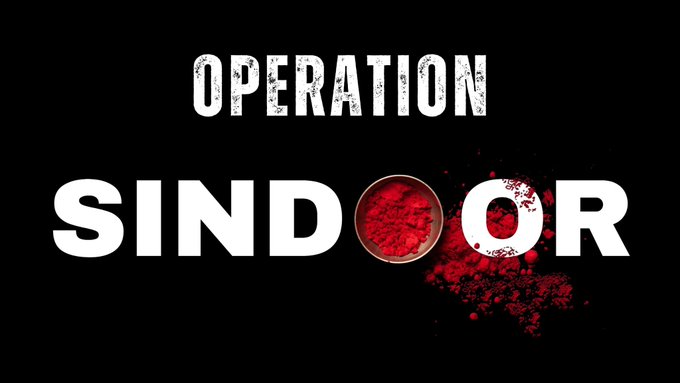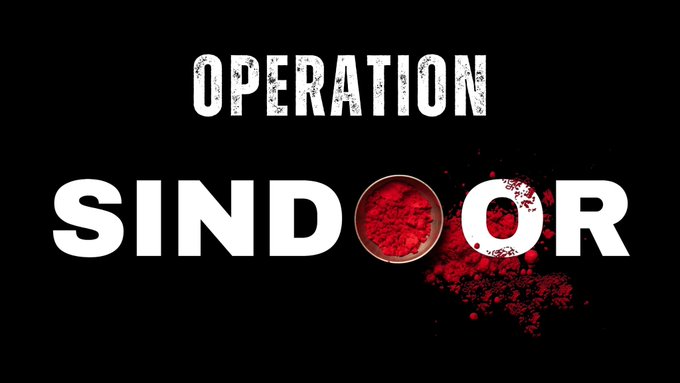Poonch Under Fire: Pakistan’s Retaliation Targets Innocents

What Will You Read in This Blog?
Get the lowdown on the shocking Poonch incident where 15 Indian civilians were killed in Pakistan’s shelling. We’ll break down how India’s Operation SINDOOR sparked this mess, why the world’s glued to the drama, and why some say the media’s missing the real story. Expect a quick dive into the human toll, the gurdwara attack, and what this means for India-Pakistan tensions. No fluff—just the facts you need to know.
Poonch: What Went Down?
On May 7, 2025, Poonch, Jammu and Kashmir, turned into a warzone. Pakistan’s heavy shelling killed 15 civilians, including kids and Sikh community members, and wrecked a gurdwara. This wasn’t random—it was payback for India’s Operation Sindoor, a missile strike hitting terror camps in Pakistan’s Kotli and Muzaffarabad. Why? A terror attack in Pahalgam killed 12 Indian soldiers and civilians, and India wasn’t having it.
The Poonch deaths hit hard. Pictures of smashed homes and a damaged gurdwara are all over X, with Sikh leaders like Giani Kuldeep Singh Gargajj and Punjab’s Harpal Singh Cheema slamming the attack. It’s a gut punch, and people are asking: why are civilians paying the price?

Historical Context of India-Pakistan Tensions
The India-Pakistan conflict over Jammu and Kashmir dates back to 1947, when the partition of British India led to disputes over the region’s accession. The LoC, established after the 1971 war, serves as a de facto border but remains heavily militarized. Both nations have accused each other of ceasefire violations, with civilians often bearing the brunt of cross-border violence.
Key events, such as the 1999 Kargil War, the 2008 Mumbai attacks, and the 2019 Pulwama attack, have periodically escalated tensions. Diplomatic measures, like the 2003 ceasefire agreement and its 2021 reaffirmation, have aimed to reduce hostilities, but violations persist. The recent Poonch incident is seen as part of a broader pattern of provocations, with some analysts pointing to domestic political pressures in Pakistan and India’s firm stance on cross-border terrorism as contributing factors.
The Real Cost: Civilians
Poonch’s a wake-up call. Families are grieving, a community’s in shock, and a place of worship got hit. This isn’t just about missiles or terror camps—it’s about people stuck in the middle of this India-Pakistan feud. Some are begging for peace talks to stop the madness, but with both sides flexing, that’s easier said than done. The big question: how many more have to die before something changes?

#OperationSindoor #IndianArmy #IndiaVsTerrorism #IndiaPakistanRelations #JammuAndKashmir #PoK#CounterTerrorism #PrecisionStrike #IndianAirForce #JaishEhmohammed #LashkarETaiba #HizbulMujahideen #IndusWaterTreaty#PakistanTerrorism #SurgicalStrike #IndianDefense #NationalSecurity #IndianPolitics #TrumpReact #IndoPakConflict #SecurityInSouthAsia #CivilDefense #TerroristCamps #InternationalRelations #TerrorismResponse #DefendIndia #StrategicStrikes

Actions Taken by the Indian Government
In response to recent security threats, including the Pahalgam attack and subsequent ceasefire violations, the Indian government has implemented several measures to safeguard national security and public order:
- Banning of Pakistani YouTube Channels: On April 28, 2025, India banned 16 Pakistani YouTube channels, including Dawn News, Samaa TV, ARY News, Geo News, and individual creators like Shoaib Akhtar, for disseminating “provocative and communally sensitive content” and misinformation against India, its army, and security agencies. Indian users attempting to access these channels see the message: “This content is currently unavailable in this country because of an order from the government related to national security or public order. For more details about government removal requests, please visit the Google Transparency Report (transparencyreport.google.com).” These channels had a combined subscriber base of over 63 million.
- Blocking of Social Media Accounts: The government extended its crackdown to social media, blocking Instagram accounts of Pakistani influencers like Hania Aamir, Mahira Khan, and cricketers such as Babar Azam and Shaheen Afridi on May 1-3, 2025, citing legal requests related to national security. The official YouTube channel of Pakistan’s Prime Minister Shehbaz Sharif was also blocked on May 2, 2025, for similar reasons.
- Diplomatic and Border Measures: Following the Pahalgam attack, India suspended the Indus Waters Treaty, closed the Attari border, and canceled visas for Pakistani nationals, giving them 48 hours to leave the country. Pakistani military attaches were expelled, and Indian diplomats were recalled from Pakistan.
- Military Response: The Indian Army launched “Operation Sindoor” in late April 2025, targeting terrorist infrastructure in Pakistan and Pakistan-occupied Kashmir, and has intensified border vigilance with search operations to neutralize threats.
- Media Oversight: India issued warnings to international media outlets like the BBC for referring to terrorists as “militants” in their Pahalgam attack coverage, with the Ministry of External Affairs monitoring their reporting.
These actions reflect India’s multi-pronged approach to countering perceived threats, focusing on curbing misinformation, securing borders, and asserting diplomatic pressure.
What’s Next?
Poonch has India and Pakistan back in the global spotlight. The priority’s helping victims and stopping this from escalating into all-out chaos. Will it force talks or just stoke more fire? No one’s sure, but with India’s crackdowns and Pakistan’s shelling, the stakes couldn’t be higher.

Victims of terrorism do not sit together with perpetrators of terrorism to discuss terrorism
Read More Sports here: Sports
